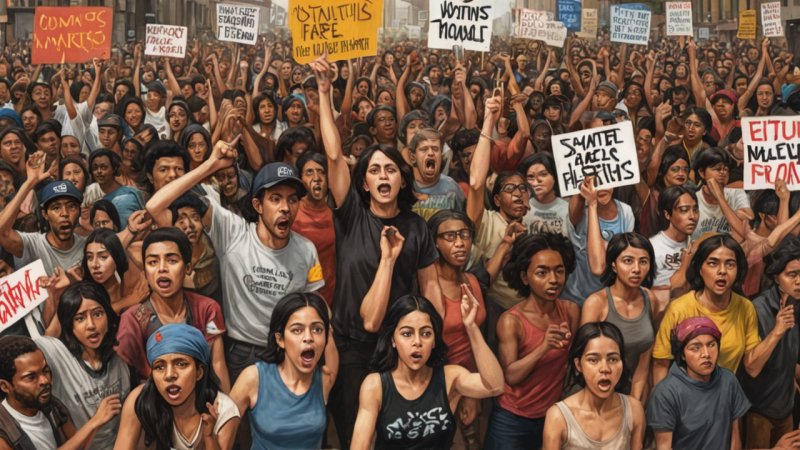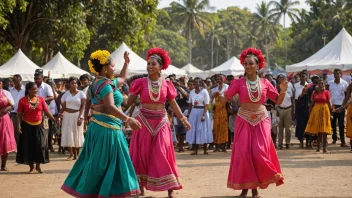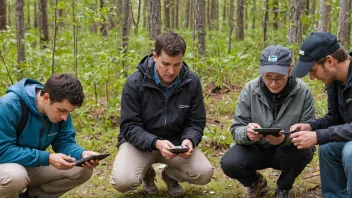1. The Role of Protest Art
Protest art serves as a powerful medium for expressing dissent and rallying support for social movements. Artists often use their work to highlight injustices and inspire change.
2. The Impact of the Civil Rights Movement
The Civil Rights Movement of the 1960s profoundly influenced music, literature, and visual arts. Artists like Nina Simone and James Baldwin created works that captured the struggles and aspirations of African Americans during this pivotal time.
3. Feminism and Art
Feminist movements have significantly shaped artistic expression, leading to the emergence of women artists who challenge traditional gender roles. Artists like Judy Chicago and Frida Kahlo have used their art to explore themes of identity, empowerment, and resistance.
4. Environmental Activism in Art
As environmental concerns grow, artists are increasingly using their work to address climate change and sustainability. Installations, performances, and visual art pieces raise awareness and provoke thought about our planet's future.
5. LGBTQ+ Representation in Artistic Expression
The LGBTQ+ rights movement has fostered a rich tapestry of artistic expression that celebrates diversity and challenges societal norms. Artists such as Keith Haring and Andy Warhol have contributed significantly to this dialogue through their innovative works.
6. Global Movements and Cultural Exchange
Global social movements, such as the Arab Spring, have inspired artistic collaborations across cultures. This exchange allows artists to share their experiences and perspectives, creating a more interconnected artistic landscape.
7. The Digital Age and Social Media
Social media platforms have transformed how artists engage with social movements. Artists can now share their work instantly, reach wider audiences, and mobilize support for causes in real-time.
8. The Intersection of Art and Activism
The blending of art and activism has led to the creation of art collectives and initiatives that focus on social justice. These groups use collaborative art-making to address issues and foster community engagement.
9. Historical Context and Artistic Movements
Understanding historical context is vital in analyzing how social movements have influenced artistic movements, such as Dadaism or Surrealism, both of which arose in response to societal upheaval.
10. Future Trends in Art and Social Movements
As new social movements emerge, the relationship between art and activism will continue to evolve. Future artistic expressions will likely reflect ongoing struggles for justice, equality, and human rights.
Summary: Art has always been a reflection of society, and social movements play a crucial role in shaping artistic expression. From protest art to feminist themes and environmental activism, the intersection of art and social movements reveals the power of creativity in advocating for change.






